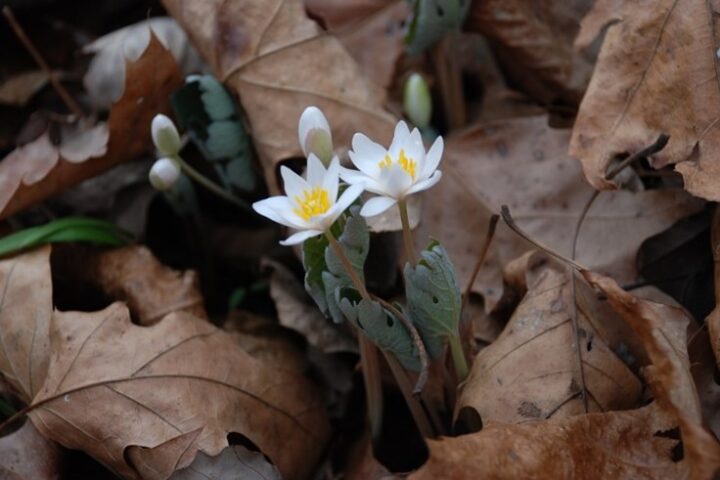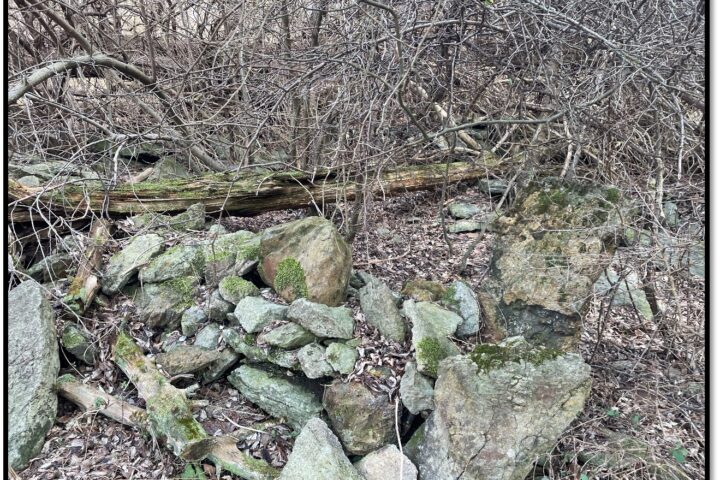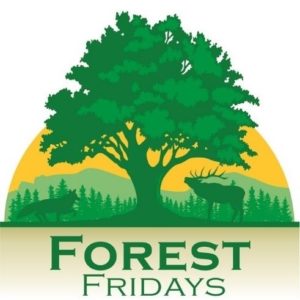
By Alexander Dogonniuck
Soil is an often-overlooked aspect of a healthy forest. The quality, quantity, and diversity of organisms living within the soil have an immense impact on the ecosystem we see on the surface. The diversity of soil organisms affects the decomposition of organic matter, soil fertility, plant growth, soil structure, and water holding capacity, among others.
What are some organisms we might find in our soil?
Invertebrate Animals
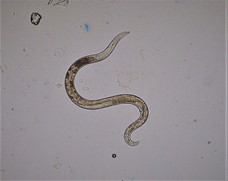
Nematode (Wikimedia Commons)
In addition to directly affecting soil structure from burrowing and constructing structures in the soil, macro- and micro-invertebrates (e.g., ants, termites, worms, etc.) play a vital role in “invisible” nutrient cycling. Think of the soil as an entire ecosystem with its own predators, prey, parasites, decomposers, etc., just as complex and dynamic as surface ecosystems.
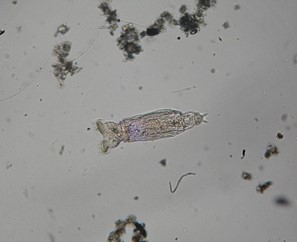
Rotifer (Wikimedia Commons)
Fungi
Soil fungal diversity is vast, and continually growing with more research. Traditionally, fungi are seen as decomposers, but some notable non-decomposer groups include mycorrhizal fungi which form relationships with plant roots to exchange carbon, nutrients, and water. There are two main groups of mycorrhizal fungi:
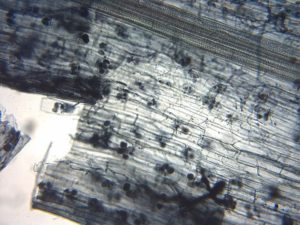
Endomycorrhizae (Wikimedia Commons)
Endomycorrhizae – These fungi penetrate plant cells and exchange nutrients internally. Arbuscular mycorrhizae, the most common group, produce a substance called glomalin, which is a key component in soil binding, storing carbon, nitrogen, and overall soil structure. It estimated that over 70% of all plants on the planet form arbuscular mycorrhizal relationships.
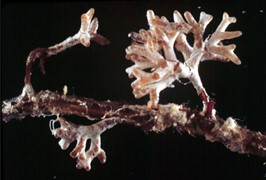
Ectomycorrhizae (Wikimedia Commons)
Ectomycorrhizae – These fungi surround plant roots and exchange nutrients externally. Many of the mushroom fruiting bodies we see growing around the base of trees are growing from an ectomycorrhizal fungus-tree root relationship.
Bacteria
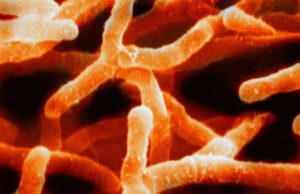
Actinomyces israelii (Wikimedia Commons)
The most common group of soil bacteria are the Actinobacteria. Once categorized in the group Actinomyces, these bacteria were thought to be fungi, because they produce filament-like networks in the soil. Actinobacteria are crucial in decomposition and cycling of nitrogen in the soil.
What are some threats to soil biodiversity?
A major threat to soil biodiversity is nonnative invasive species, both on the surface and under the soil. Since so many soil species rely on symbiotic relationships with plants, a decrease in plant diversity from invasive out-competition results in a decrease in soil biodiversity.
In addition, there are invasive soil species that are directly outcompeting native soil dwellers, and greatly altering soil structure and function.
Invasive earthworms take a heavy toll on organic content of our soils. They rapidly break up organic matter and duff layers, and increase mineralization. They also over-aerate soils which reduces water-holding capacity and increases runoff.
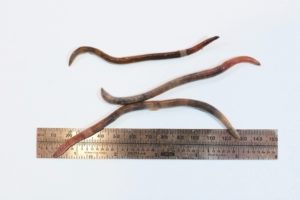
Amynthas agrestis, Asian jumping worm (Wikimedia Commons)
There are also many invasive bacteria and fungi in our soils. A notable example is the European Amanita phalloides, the death cap mushroom. Considered the leading cause of mushroom poisonings worldwide, it has been introduced to North America and is found growing ubiquitously along the west coast. This species is detrimental to both our health if consumed, and also our native soil-dwelling biodiversity, as it grows fairly aggressively and competes with native soil microbes. Imagine all the species of bacteria, fungi, and micro invertebrates we introduce in nonnative potting soil– something worth considering when buying that exotic ornamental for your yard!
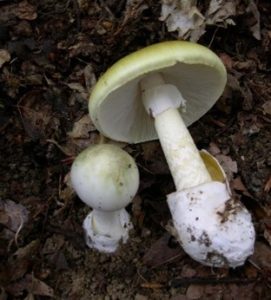
Amanita phalloides, death cap mushroom (Wikimedia Commons)
Forest Fridays is a feature of the DCNR Bureau of Forestry.


